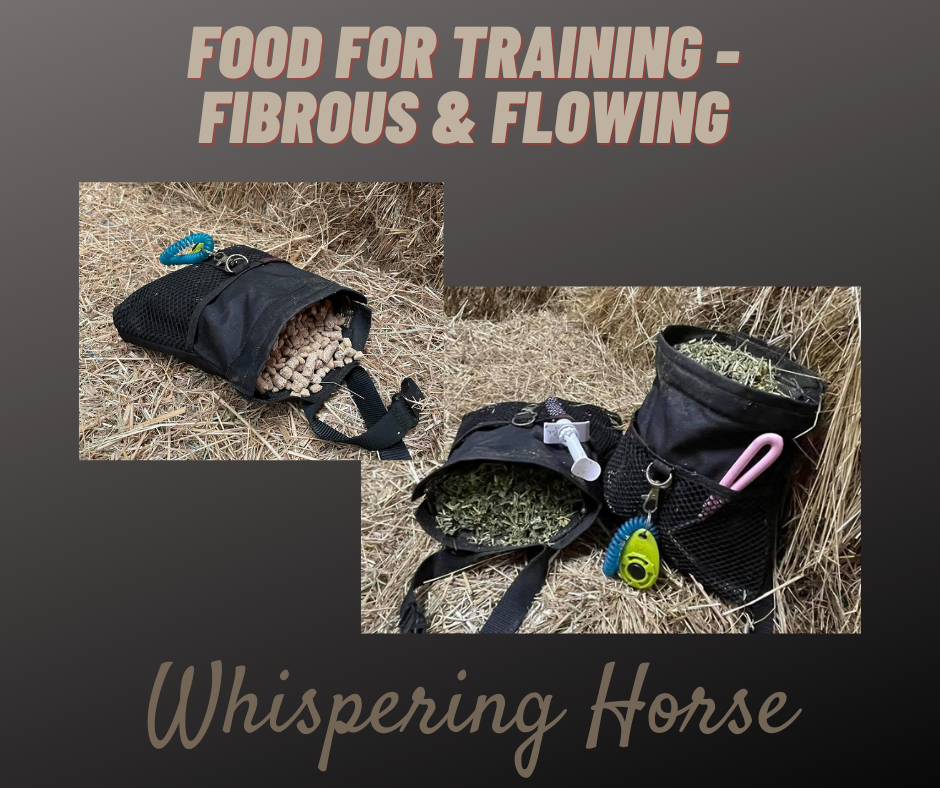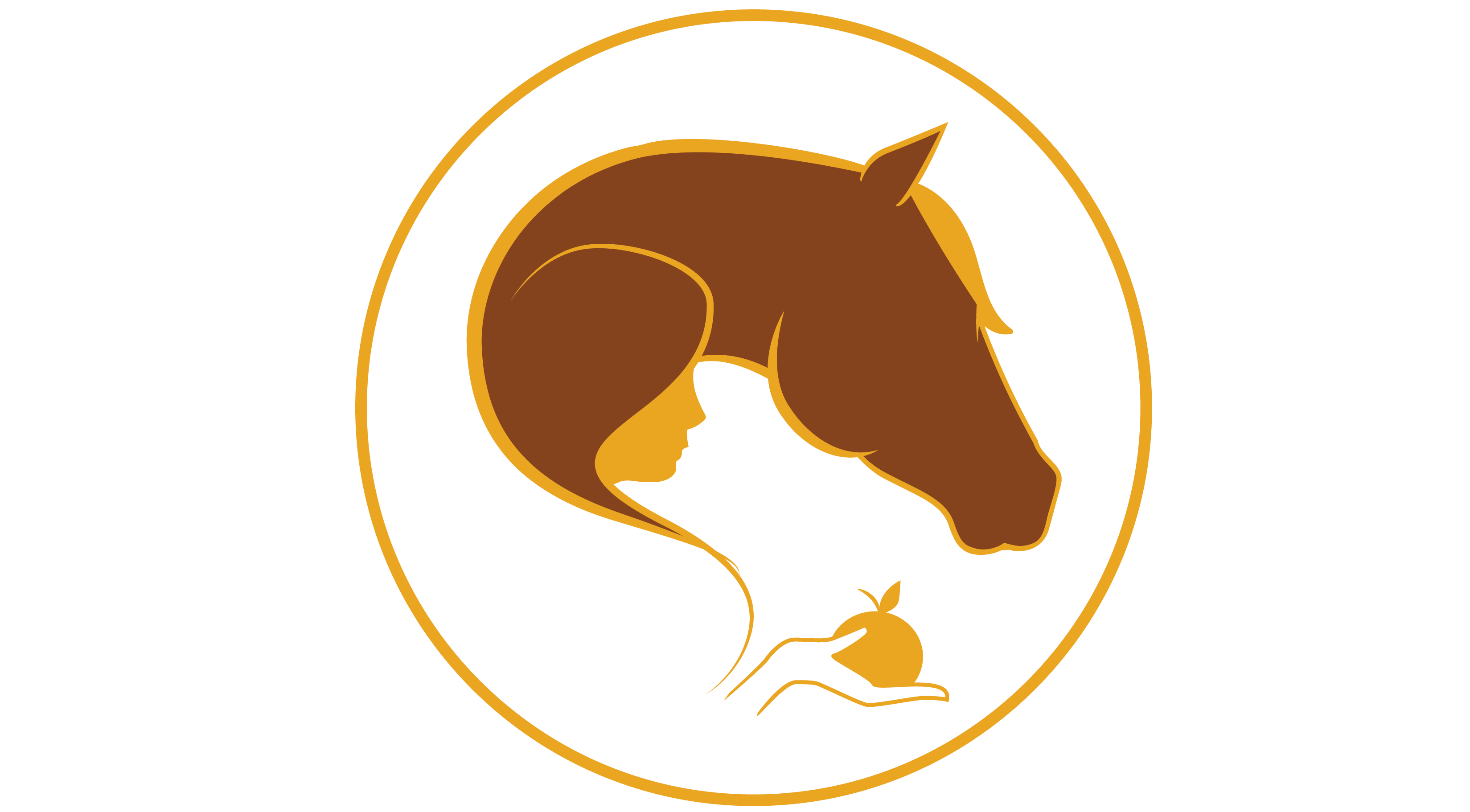What kind of foods?

One of the most popular questions on clicker training groups is – what treats do you use?
What ensues is a barrage of helpful advice about things people feed their horses, which range from Cheerios, peppermints and sugar cubes, to grapes, carrot coins and chamomile flowers, eek!
One thing I always like to highlight to people new to Clicker (Positive Reinforcement) Training, is that we are not treating or rewarding the horse, we are reinforcing behaviour.
“I resist saying the word reward, the word reinforcement means something different than reward, reinforcers strengthen the behaviour they follow.”
(Susan G Friedman Ph.D.)
Something I learnt early and has been reinforced by my own training and by numerous trainers since, is that low value, low sugar/starch foods are best for training horses. Use their regular feed or carrier for their minerals, something with good chew, something species specific like chopped hay or grass pellets and most importantly, be generous!
Due to their prior history, many horses suffer from issues around food; not having enough food causing resource guarding and/or pain from ulcers are just a couple of examples. Therefore, being generous during training is vital, as is offering alternative food of similar value during training, as is training in Protected Contact (behind a barrier) and training in short sessions of only a minute or two when first starting out.
Having low value, low sugar/starch food with good chew, has a number of benefits. We need to feed what is appropriate for them as a species, if we want to have our horse enjoy optimum health and sugar is the enemy of good hooves. Many horses also struggle with weight and metabolic issues and have restrictions on what they can eat, so their regular (safe) feed is always the best option. Good chew means the horse enjoys lots of great mouth frothing pleasure. Chewing is relaxing and pleasurable in itself as well and these type of things contribute to a great training experience for the horse. If you want to offer variety and enrichment through food, take your horse foraging or forage for them and find (safe) weeds, herbs, branches, bark and leaves for them to enjoy instead.
Lastly, whenever there are problems around training, always rule out pain first. After that, look to the 3 basic principles of training; Rate of Reinforcement, Criteria and Timing. These are the things that guide us towards better training and problem solve when there are issues. Horses walking away from training is not an issue with food, it’s an issue with the training, they are finding walking away is their reinforcer of choice, not what we are offering.
“Animals don’t make mistakes, what did we do?”
(Ken Ramirez)
Finally, checking the value of reinforcers is important too. Every animal is an individual, has different tastes and preferences, it is always a “study of one” (Friedman). Try setting up some fun sessions where you offer a variety of horse appropriate feeds and see which your horse prefers, sometimes they can surprise us and may choose lettuce over celery, or hay over pelleted commercial feeds.
I’ll leave you with the image of Milo the cat, who clearly thinks he is a horse, because he loves carrots too!! ![]()
![]()


